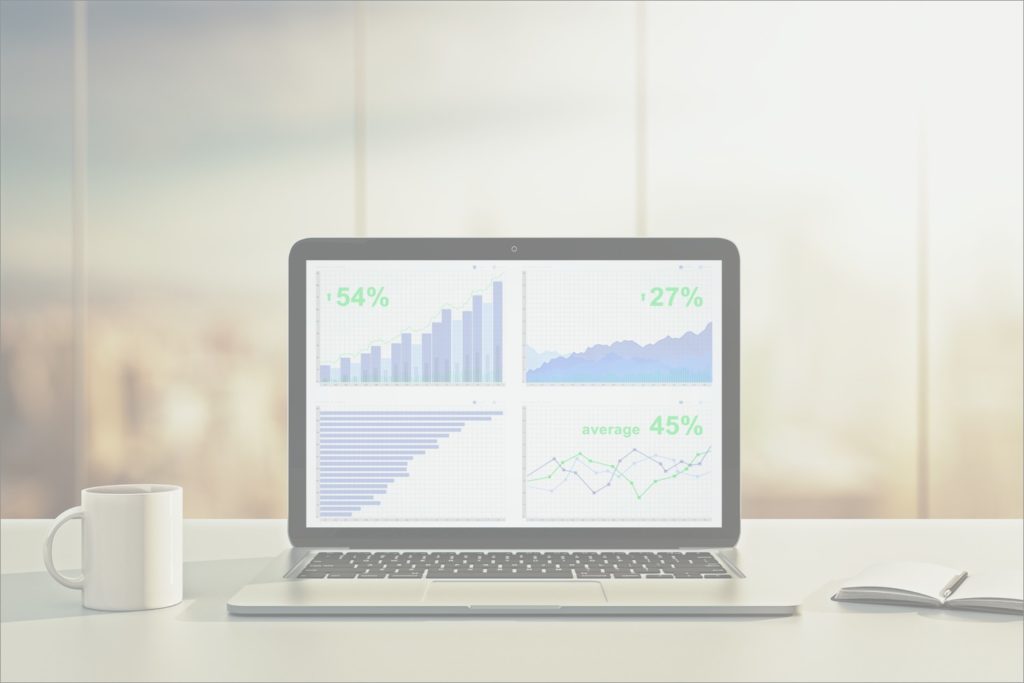At a time when companies everywhere are shifting from providing traditional pensions to defined-contribution plans, like a 401(k) it pays to know just how your retirement plan works. Companies are increasingly urging their employees to control their own retirement funding in order to avoid retirement plans going underfunded.
It’s somewhat similar to what we see with Social Security and Medicare, albeit not on as large a scale. Companies can’t predict what’s going to happen in the future, and that includes whether or not they will be able to fund defined-contribution plans, or pensions, as time goes on.
You may have noticed this with the automobile industry and the fact that it was unable to fund the retirements of many of its long-time workers.
One solution is to improve the quality of 401(k) plans and help employees get the best possible value from the provider of that plan. In this post we will take a closer look at 401(k) plans and the fees associated with them, so that you will have the knowledge you need to help plan your retirement.
The Basics of 401(k) Planning
Planning for retirement means putting money away so that you have an income source during your retirement years. For many people that means withdrawing from a defined-contribution plan as well as Social Security. Money is better invested in a 401(k) plan rather than left in cash in the bank.
You will have a greater return potential on your investment as well as a current tax benefit. However, one should always be careful of fees. Consider the following, for example: Over 25 years, the difference between an annual return at 5% and one at 7% on $100,000 is $204,108.
In many 401(k) plans, that two percent difference is what is deducted for fees. When looking for providers, you want to go with whoever provides the cheapest services while still maintaining good investment options and strong customer service. When it comes to 401(k) fees, there are several types.
You usually have administrative fees, which covers costs associated with things like lawyers, accounting, bookkeeping, consulting, and customer service.
These are necessary costs because retirement plans have to be approved as “qualified” plans, which means the company has to adhere to the necessary tax codes to provide plans with tax-deferred status that retirement plans come with. There are also investment fees.
These are typically taken from the funds as a percentage of assets invested or paid via commission. Because of that, you always want to look at investment returns that are net of fees and see what the difference is between that number and the number published in the sales material.
You typically won’t find these fees listed on statements, and will instead find them in plan adoption agreements or some other paperwork you have to request from the plan’s administrator.
Thirdly, there are servicing fees, which also take away from overall returns. This is usually paid to cover services like portfolio rebalancing or accessing anything related to loans from your plan. They can catch you by surprise, so you always want to ask about them when it comes to loans and rebalancing.
How Are These Fees Paid?
Knowing how the fees are paid is an important part of choosing the right retirement plan. Are services like record keeping handled by the plan administrator or a third party? Is that fee included in the percentage being taken out for investment fees?
Many corporations will often retain a third party administrator in order to exercise better control, using the plan vendor solely for investment options. By having everything separate, it’s easier to track fees.
Now, let’s talk about a management style known as the “separate account”. The simplest way to explain is this: Think about mutual funds and how, through one, you get hundreds of stocks and bonds combined into one investment. This has the advantage of diversification and lower transaction costs.
“Separate accounts” are similar because they minimize costs for a large number of people in a retirement plan pool. All of the money is combined into a pool of assets and managed as one large account. While it seems like this would cut down on management expenses and transaction costs, the truth is that only the large companies benefit.
In reality, the costs only materialize if the plan is very large, as in $500 million in assets large. Even though it’s often the case that only large companies benefit, you will often see small and mid-sized companies practice the “separate accounts” management style because of the internal management fee that is generally left out of the plan documents.
Running a cost analysis will typically show you that the plan participants in companies of those sizes are better off with individual mutual funds. A retirement plan, above all else, needs to fit the culture of the company. Whatever your case, you need to look at the fees and keep them in mind when building a retirement plan.
If you would like to know more about 401(k) plans, feel free to get in touch with me. I’ll be more than happy to help!
This information was developed as a general guide to educate plan sponsors, but is not intended as authoritative guidance or tax or legal advice. Each plan has unique requirements, and you should consult your attorney or tax advisor for guidance on your specific situation. In no way does advisor assure that, by using the information provided, plan sponsor will be in compliance with ERISA regulations. The example presented is hypothetical in nature and is not representative of any specific situation. Your results will vary. Investing involves risk including loss of principal.
